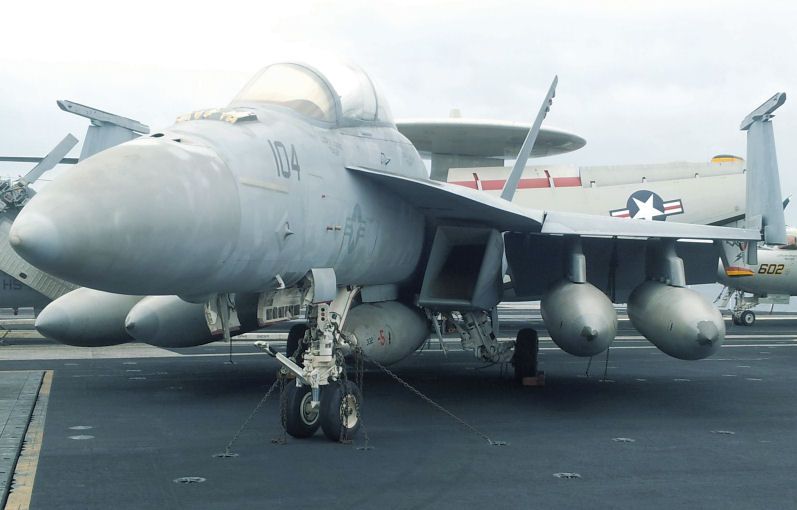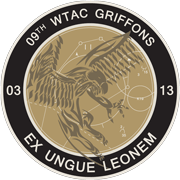La réponse à ta question se trouve ici
http://warships1discussionboards.yuku.c ... -sqaWORMtU
The F/A-18E/F usually has an empty weight around 30,500 pounds. Maximum gross takeoff weight is 66,000 pounds. External payload is 17,500 pounds. The F/A-18E/F can function as a strike tanker, which means it can carry a full load of fuel, with a hose reel unit to pass fuel to another aircraft as well as a jamming pod a pair of AMRAAMs and a pair of sidewinders. Because the F/A-18E/F is dynamically unstable it can fight with fuel tanks or other ordnance on its 11 external stations.
In today's battle space, that usually translates into one Hornet for one target. Thus a most of the time, a strike tanker or two will escort some bombed up Hornets to service many targets. Indeed, CAG has to be careful planning his loads as it is quite possible to have a very successful mission and not expend all the available ordnance. Thus, CAG either has to keep refueling his aircraft in the air, dump some munitions in the ocean or burn down a lot of fuel. The Super Hornet is better than the Hornets, Phantoms, A-7s, A-6s and F-14s with bring back. Still it has to be managed.
I hear of Super Hornets departing with three external fuel tanks, two AMRAAMS, two Sidewinders, and two JDAMS or JSOWS (depending on the phase of the air battle) and two empty hardpoints taking out two targets and then providing escort for another Super Hornet that will take out two more targets. Gone are the days of bomb trucking.
Le Super Hornet peut décoller avec 3 réservoirs , 2 amraamm, 2 side , 2 JDAMS
Le super Hornet peut aussi ravitailler un autre super hornet avec le pod central adéquat
























